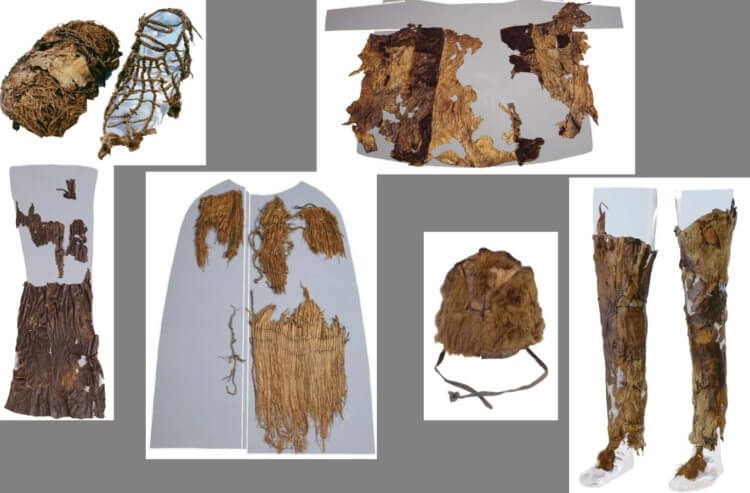In 1991, during a foray into the Ötztal Alps, a group of German tourists found the ice mummy of an ancient man. The analysis showed thathe was killed approximately 5000 years ago: an unknown person shot him, and the arrow hit him directly in the artery. This find became a sensation, so books were written and documentaries were made about Ötzi’s mummy. Due to the fact that the body lay in a cold place, it was perfectly preserved. Scientists are still studying the mummy and sharing interesting discoveries almost every year. For example, recently researchers and an experienced tattoo artist jointly found out with what technology tattoos were applied to the body of an ancient man.
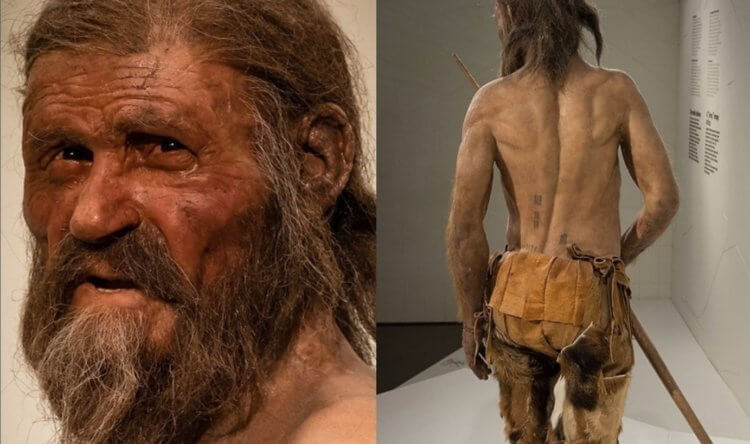
Scientists and a tattoo artist have revealed new details about Ötzi's ice mummy
Contents
- 1 Tattoos of the ice mummy Ötzi
- 2 Why were Ötzi’s tattoos needed
- 3 How were tattoos made in ancient times
- 4 Study of the Ice Mummy Ötzi
Tattoos of the Ice Mummy Ötzi
The man who turned into a mummy over thousands of years was about 45 years old at the time of his death.
strong>He had well-developed muscles and was 165 centimeters tall. According to scientists, the man was left-handed and, in modern terms, wore size 39 shoes. Ötzi's eyes were brown, he broke bones many times during his life and managed to contract serious diseases such as tooth decay and Lyme disease, which is transmitted through tick bites. Lyme diseaseis an infection caused by the bacterium Borrelia burgdorferi. It causes skin rashes, fatigue, joint and muscle pain. In most cases it is not fatal, but without treatment it can cause serious problems with the heart, joints and nervous system. Recreated face of Ötzi's mummy One of the most important features of the mummy is that there were 61 tattoos on his body.They are mainly located on the stomach, lower back, legs and left wrist. The drawings on his body are as schematic as possible and represent a bunch of geometric shapes: some of them only vaguely resemble trees. During one of the studies, it was noted that tattoos were predominantly made in areas of the greatest wear and tear on bones and joints. Read also:Why do tattoos last a lifetime? h2>What were Oetzi's tattoos for?
Ötzi is the bearer of one of the very first tattoos in human history. Why the drawings were applied to his body, scientists do not know for sure. Based on the fact that the drawings were made in injured areas, the tattoos could have been part of the treatment for his illnesses. For example, the drawings could remain after a kind of acupuncture session. Tattoo on the back of the mummy Ötzi You may be interested :How will tattoos look in old age? Scientists also do not have a consensus about how tattoos were applied to the body of an ancient man. One version says that first Ötzi’s skin was cut along the contour of future drawings, and then charcoal or another black dye was rubbed in. There are also suggestions that dyes were injected under the skin using needles made of bones or metals. To unravel the mystery of tattooing the body of Ötzi's mummy, archaeologist Aaron Deter-Wolf contacted tattoo artist Danny Riday. As part of the experiment, the results of which were published in the scientific journal European Journal of Archaeology, the tattooist applied copies of drawings on Ötzi’s body to his leg. He did this using eight different tools such as a bone needle, volcanic glass, sharpened copper, and so on. He also tried different techniques such as punctures and incisions. Danny Riday's skin tattoos Tattoos on the body of the mummy Ötzi After the tattoos healed, scientists compared their appearance with the drawings on the body of the ice mummy. Judging by the width of the lines, grain, rounded ends and other properties, the ancient tattoo artist applied the ink by making tiny holes in the skin. Most likely, the ancient tattooist used a copper awl as a tool. Scientists often find them in human sites dating back 5,000 years. But previously it was always believed that this tool was needed for sewing clothes. It seems that copper awls were also one of the first “tattoo machines.” Ötzi’s Ice Mummy:What became known 30 years after its discovery Today, Ötzi's ice mummy is kept in a freezer located inside the Italian Archaeological Museum of South Tyrol. Every year, the body of an ancient person is rinsed with sterile water so that the frozen body does not melt: a layer of ice protects it from damage and decomposition. Parts of the clothing of the ice mummy Ötzi To stay up to date with new scientific discoveries, be sure to subscribe to our Zen and Telegram channels. It's free! Scientists are constantly learning something new about Ötzi, and we often talk about it. For example, in 2022, scientists put forward a new version of the cause of death of an ancient man. And at the beginning of 2024 it became known that he was infected with a dangerous fungus.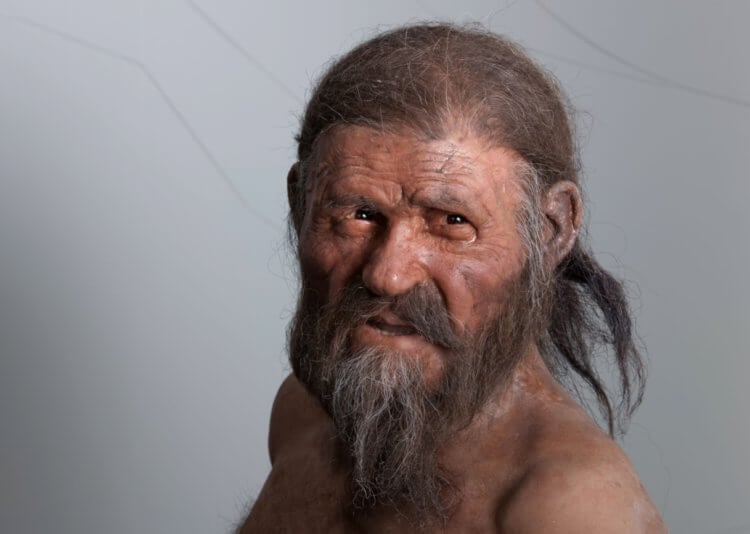
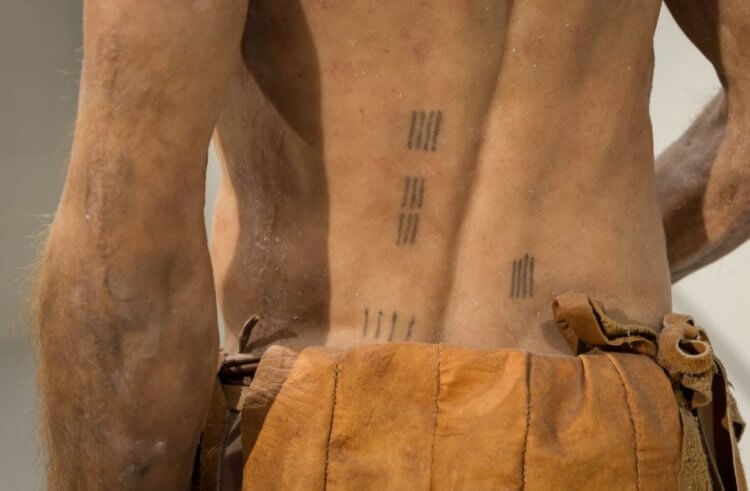
How were tattoos done in ancient times
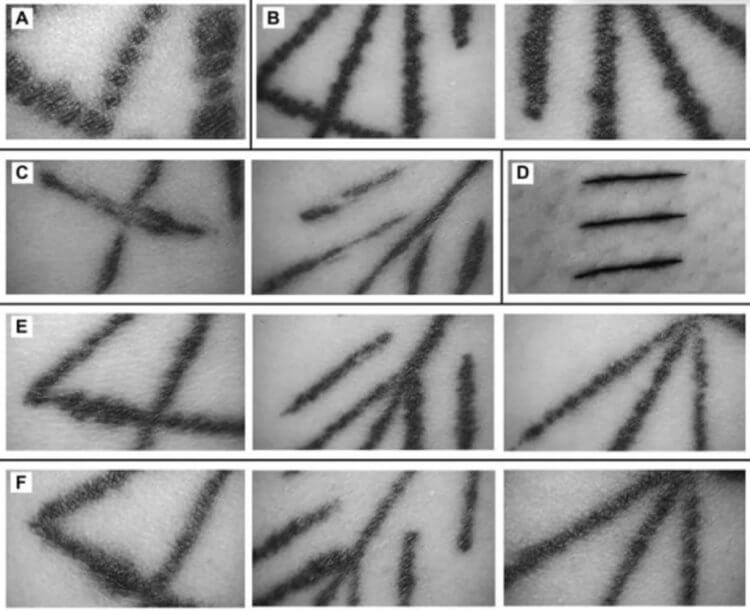
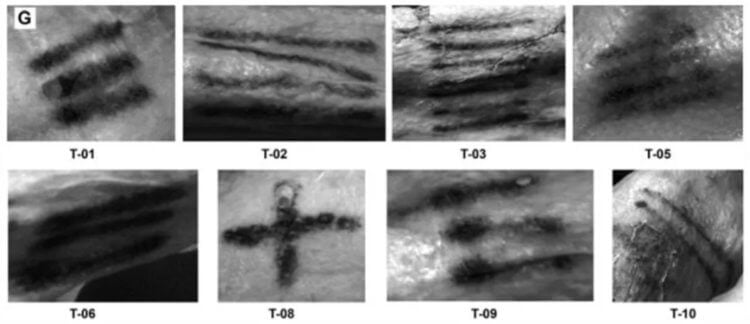
Study of Ötzi's ice mummy
